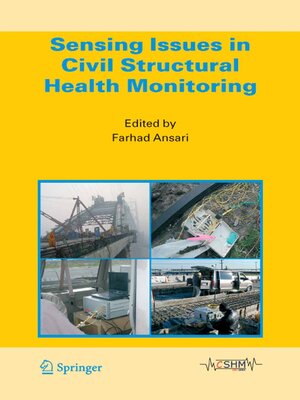
Sign up to save your library
With an OverDrive account, you can save your favorite libraries for at-a-glance information about availability. Find out more about OverDrive accounts.
Find this title in Libby, the library reading app by OverDrive.



Search for a digital library with this title
Title found at these libraries:
| Loading... |
Civil infrastructure systems are generally the most expensive assets in any country, and these systems are deteriorating at an alarming rate. In addition, these systems have a long service life in comparison to most other commercial products. As well, the introduction of intelligent materials and innovative design approaches in these systems is painfully slow due to heavy relianceon traditional construction and maintenance practices, and the conservative nature of design codes. Feedback on the "state of the health" of constructed systems is practically nonexistent. In the quest for lighter, stronger and corrosion-resistant structures, the replacement of ferrous materials by high-strength fibrous ones is being actively pursued in several countries around the world, both with respect to the design of new structures as well as for the rehabilitation and strengthening of existing ones. In North America, active research in the design of new highway bridges is focused on a number of specialty areas, including the replacement of steel reinforcing bars in concrete deck slabs by randomly distributed low-modulus fibers, and the replacement of steel prestressing cables for concrete components by tendons comprising super-strong fibers. Research is also being conducted on using FRPs to repair and strengthen existing structures.






